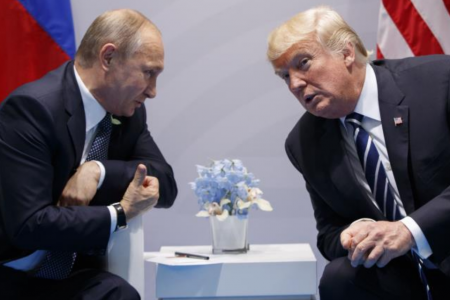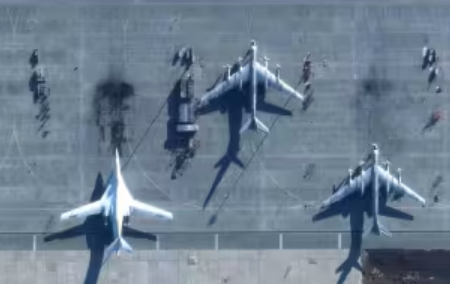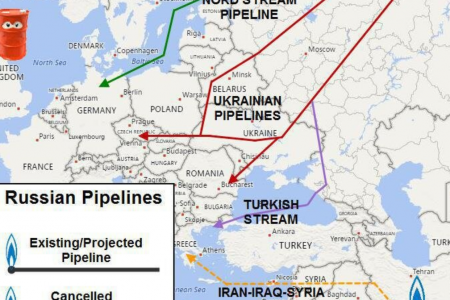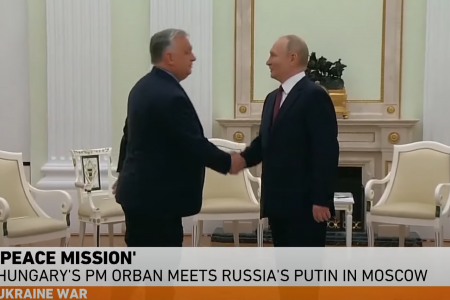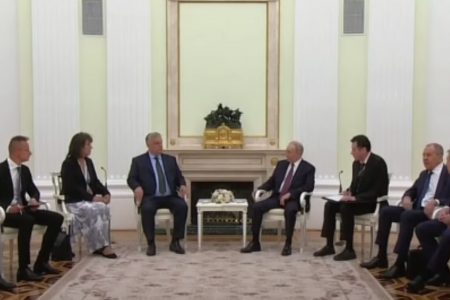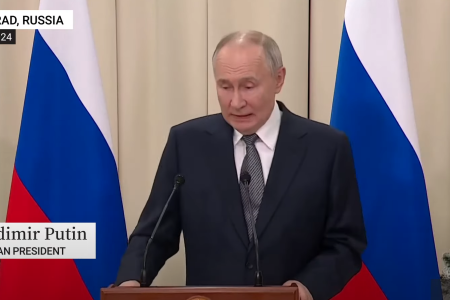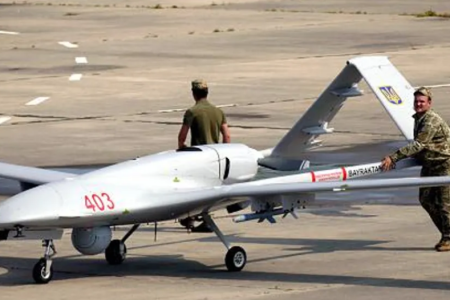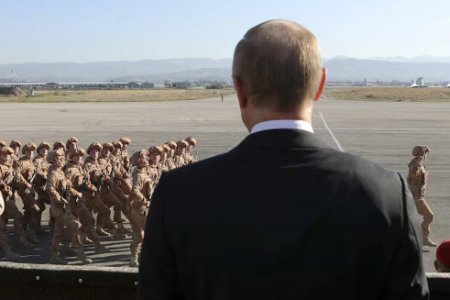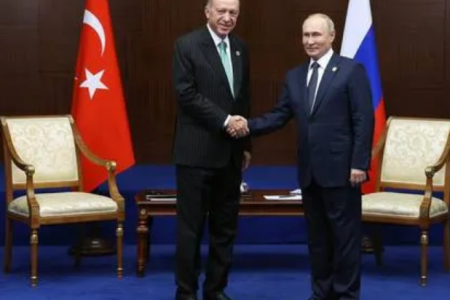
China intensifies “gray–zone tactics”
The recent event has caused many concerns when more than 200 Chinese marine militia ships were discovered near Ba Dau (Whitson Reef), a reef in the East Sea (South China Sea) that Vietnam also claims. The Philippines said this reef is within its exclusive economic zone (EEZ), hence the Philippines has sovereignty over there.
At the end of February 2021, many countries expressed concern about China’s new Coast Guard Law, which allows the Chinese Coast Guard to open fire on foreign ships in disputed waters, including disputed Senkaku/Diaoyu Islands in the East China Sea as well as in the South China Sea. Beijing’s latest moves have raised concerns about escalating tensions in the Asia-Pacific region between China and its neighbors. “China is aware that putting pressure on other countries through moderate methods will not be enough for the US to respond militarily,” said Bonnie Glaser, an expert on China. If China only threatens, harasses, and bully other countries, the US will find difficult to respond effectively. The use of large numbers of coastal patrol boats or marine militia ships in East China and South China Seas does help to reinforce Beijing’s claims. It also aims to signal other countries that they should not challenge China’s interests, or they will pay the price.”
This Chinese tactic has been referred to by Western researchers as the “gray-zone tactic.”
What is the “gray-zone” tactic?
“Gray-zone” literally means something “ambiguous” and difficult to define. Theoretically, “gray-zone” tactics are used by a country to gain a certain benefit, usually territorial, but do not want to use force in a direct and massive manner. Forms of this tactic include: (1) using non-military forces to maintain tension to a certain extent, controlling so that tensions do not turn into military conflict; (2) the policies are carried out slowly, progressively and in no hurry and (3) the combination of various policy systems, from economic, political, legal to military, to achieve the purpose.
However, recently, many scholars believe that the “gray-zone strategy” is a general tactic, taking place continuously from undercover to show off the force, with various uses, from cyberattacks, propaganda, political war, economic oppression and destruction, escalation of threats by force, etc. Accompanying it is the “jamming information” to hide under false, misleading, and deceiving information. Perhaps, this concept is clearer to indicate the recent activities of China in the South China Sea.
As for the South China Sea issue, it can be concretely understood that the “gray-zone tactic” adopted by China is “using technology to achieve a nation’s goals and discourage its opponents with the use of powerful tools – often of an asymmetric and ambiguous nature – without having to directly use conventional military forces.”
The “gray-zone” strategy has been continuously tested and adjusted by China through the 2006 confrontations with law enforcement in the South China Sea, turning non-disputed waters into disputed areas and embarrassing countries in their response.
Along with officially launching the so-called “cow’s tongue-shaped claim,” since 2009, China has also launched a large “campaign” to find ways to provide historical evidence to protect its “righteousness” of its cow’s tongue claim. However, Beijing always refuses to participate in international public legal processes to clarify the legal nature of this illegal claim.
In addition to offering its own interpretation of history and law, China has also increased its presence in the field by building a maritime fleet, along with a large maritime militia. The above paramilitary forces are in line with the philosophy of “gray-zone“: causing enough tension, protecting the presence of China but not pushing the tension on the level of military conflict so that the great powers like the US can join.
The “gray-zone” tactic repeated by China in the South China Sea last year included: establishing two illegal district-level administrative units to control the Hoang Sa (Paracels) and Truong Sa under Vietnam’s sovereignty, a Chinese coastal ship crashed a Vietnamese fishing vessel near Hoang Sa, building research stations on Cross and Xu Bi rocks in Truong Sa, and intimidating and preventing Malaysia from exploring and exploiting offshore resources.
How to deal with China’s “gray-zone tactics“?
ASEAN states that have a maritime dispute with China have responded differently to this “gray-zone tactic” of China.
Former Malaysian Prime Minister Najib Razak, who chose to “flatter Beijing” in order to receive aid and investment as a “platform” for his ruling party. Najib has attempted to please China, for example through a policy of “durian diplomacy.” He has barred domestic critics from criticizing that he is selling off Malaysian sovereignty in exchange for Chinese almsgiving, even to the point of expressing contradictions – in the name of non-confrontation – about China Coast Guard’s frequent intrusions near topographical features lie within Malaysia’s jurisdiction in the South China Sea.
Along with Najib’s approach, Duterte, when being elected as the president of the Philippines in 2016, also applied the policy of “Towards China.” However, both Malaysia under Najib Razak and the Philippines under Duterte, although “friendly” with China, could not prevent Chinese malice and aggressive actions in the South China Sea, which is the big lesson, even though China has made a verbal promise to not apply the Law of Coast Guard to the Philippines
Two other countries that have also collided with China with this “gray-zone strategy” are Indonesia and Vietnam.
Although Indonesia is not involved in a sovereignty dispute over the South China Sea, however, Indonesia’s resource-rich waters, North Natuna, are considered by China to be “under Chinese sovereignty because it is in the U-shaped line.”
Tensions have repeatedly occurred between Indonesia and China in these waters. However, Indonesia chose to react strongly, not “kneel” to China.
In March 2016, the Chinese Coast Guard rammed the Indonesian fishing boat Kway Fey 10078 right in the waters under its control off Natuna Island, strongly interfering with Indonesia’s law enforcement. Instead of cooling the incident, President Joko Widodo expressed his determination to visit Natuna Island on a warship.
In addition, the Indonesian Navy has also increased its presence on the archipelago. In June of that same year, the Indonesian navy opened fire warning several Chinese fishing boats operating illegally in Natuna’s waters, believed to have injured a fisherman in the process. Beijing protested, but Jakarta did not flinch. “We will not hesitate to take drastic action against foreign ships, regardless of their flag and nationality, when they violate the territory of Indonesia,” said Indonesian Navy spokesman, Admiral. Edi Sucipto, speaking after the incident. Since then, there have been no further reports of Chinese violations.
In January 2020, a Chinese fishing vessel entered the Indonesian EEZ in the North Natuna Sea, Jakarta, sent a diplomatic note protesting against Beijing and increased patrol activities in the North Natuna Sea to demonstrate its tough views on its sovereignty.
What about Vietnam? When China placed its deep-sea oil rig, Hai Duong-981, in Vietnam’s EEZ and near the Paracels in May 2014, Hanoi reacted fiercely – and at least proportionally with Beijing’s “gray-zone” farce. Vietnam was careful to avoid sending military forces face-to-face with China – deploying marine police ships and fishing boats instead – and even its own maritime militia. After that, Beijing had to withdraw its forces from Vietnam’s waters.
This proves that only strong, tough, combined with ingenuity can make China falter when using “gray-zone tactics” in the South China Sea. The pro-China attitude of Duterte or Najib Razak will not make Beijing be less aggressive. On the contrary, it will encourage Beijing to continue to escalate its wrongdoings.
Thoibao.de (Translated)





